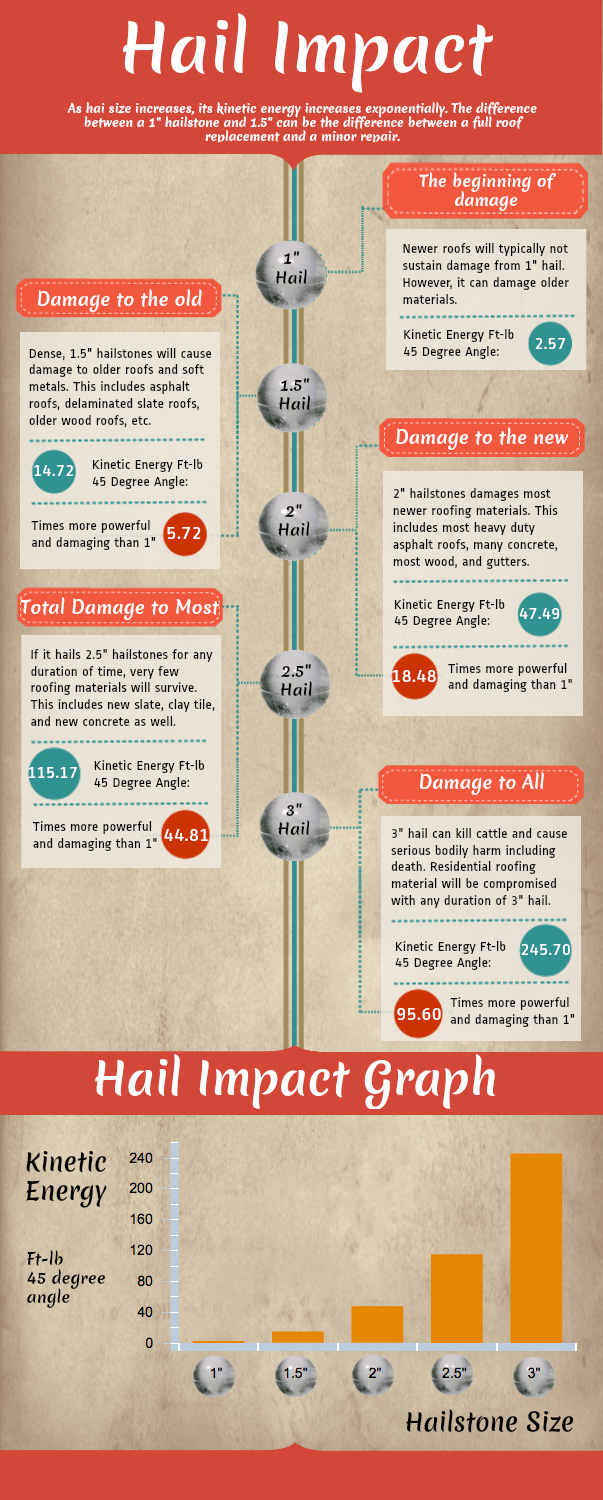Overlooking Roofing Air Flow Can Result In Costly Damages; Uncover Necessary Elements That Ensure An Effective Installment And Protect Your Investment
Overlooking Roofing Air Flow Can Result In Costly Damages; Uncover Necessary Elements That Ensure An Effective Installment And Protect Your Investment
Blog Article
Post Composed By-Byrne Manning
When you're taking on a roof covering project, you could not think much concerning roof covering air flow, however it's even more essential than you realize. Effective air flow helps control temperature and wetness in your attic, avoiding issues like mold and architectural damages. By understanding exactly how to design and set up a well balanced air flow system, you can enhance energy effectiveness and extend the life-span of your roofing products. So, what are the crucial aspects to consider during installation that can make all the difference?
Value of Roofing System Air Flow
Roof air flow plays a crucial duty in keeping the total wellness of your home. By allowing fresh air to flow via your attic room, it assists control temperature level and moisture levels. This equilibrium is vital to protect against heat buildup during warm months, which can bring about enhanced power expenses as your a/c works overtime.
Furthermore, appropriate ventilation significantly lowers the danger of moisture-related concerns like mold and mildew. If humidity levels climb, your home's structural honesty can be compromised, leading to pricey repair services. contractor for flooring wouldn't intend to manage decaying timber or distorted roofing products, right?
Additionally, ample ventilation extends the life-span of your roofing system. When warm and wetness are kept in check, your roofing system can do optimally, stopping early wear and tear. This suggests less frustrations and expenses down the line.
Just How Roofing Air Flow Functions
Efficient roof covering ventilation counts on the all-natural motion of air to produce an equilibrium between intake and exhaust. When you set up vents, you're basically permitting fresh air to enter your attic while making it possible for warm, stagnant air to get away. This process helps regulate temperature and wetness degrees, protecting against issues like mold growth and roofing damage.
Intake vents, normally found at the eaves, attract great air from outside. On the other hand, exhaust vents, located near the ridge of the roof covering, let hot air surge and leave. The distinction in temperature produces an all-natural air flow, referred to as the stack impact. As cozy air surges, it develops a vacuum cleaner that pulls in cooler air from the reduced vents.
To maximize this system, you require to make certain that the intake and exhaust vents are effectively sized and placed. If the intake is restricted, you won't accomplish the preferred air flow.
Similarly, inadequate exhaust can catch warm and moisture, bring about possible damage.
Trick Installation Factors To Consider
When mounting roof ventilation, numerous crucial factors to consider can make or break your system's efficiency. First, you need to evaluate your roofing's style. The pitch, shape, and materials all influence air movement and air flow option. Ensure to pick vents that fit your roof covering kind and neighborhood climate problems.
Next off, think about the positioning of your vents. Preferably, you'll want a well balanced system with intake and exhaust vents positioned for optimum air flow. Place consumption vents short on the roof and exhaust vents near the height to motivate an all-natural circulation of air. This configuration assists protect against wetness buildup and promotes energy efficiency.
Do not ignore https://www.fmb.org.uk/find-a-builder/trade/roofer-in-birmingham.html . Proper insulation in your attic room protects against warm from escaping and keeps your home comfortable. Make sure that insulation doesn't obstruct your vents, as this can impede airflow.
Finally, think of maintenance. Select ventilation systems that are easy to gain access to for cleaning and assessment. Regular upkeep ensures your system remains to function efficiently in time.
Conclusion
Finally, roof covering air flow is crucial for an effective installation. By ensuring correct airflow, you can stop warm buildup and moisture concerns that bring about expensive damage. When you strategically setting intake and exhaust vents, you enhance power effectiveness and lengthen the life-span of your roof covering. Remember, a well-ventilated roofing system not only secures your financial investment yet also improves your interior air top quality. So, focus on air flow to guarantee a durable and cost-effective roofing system for your home.
